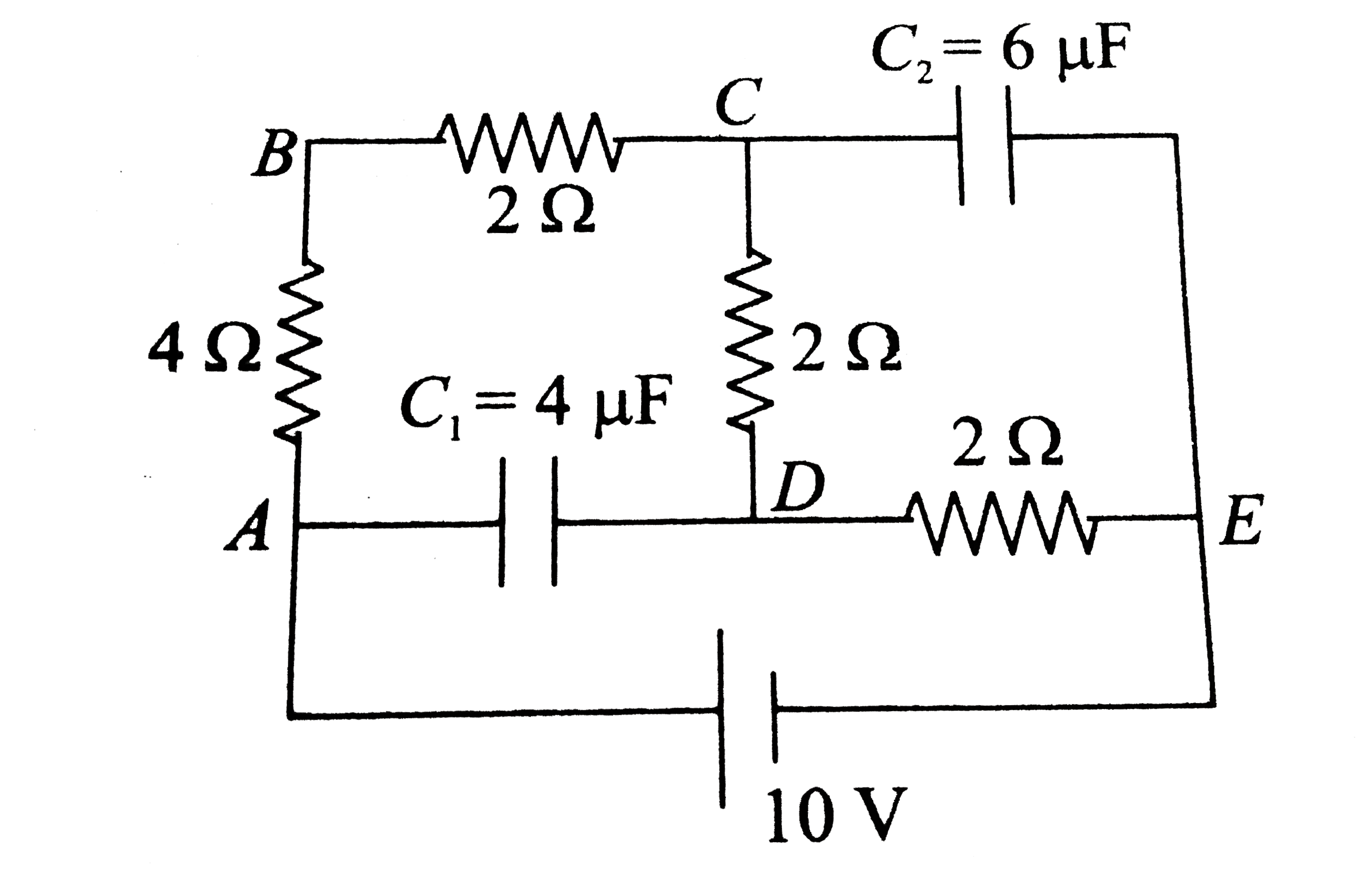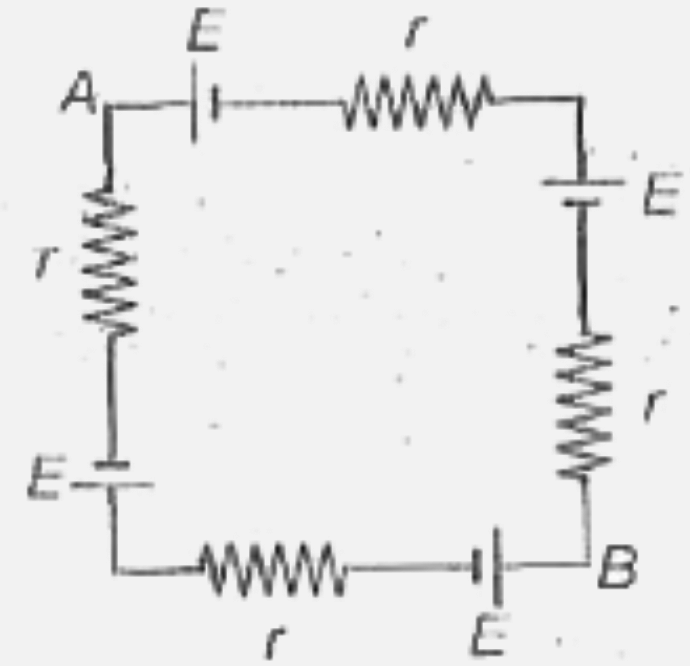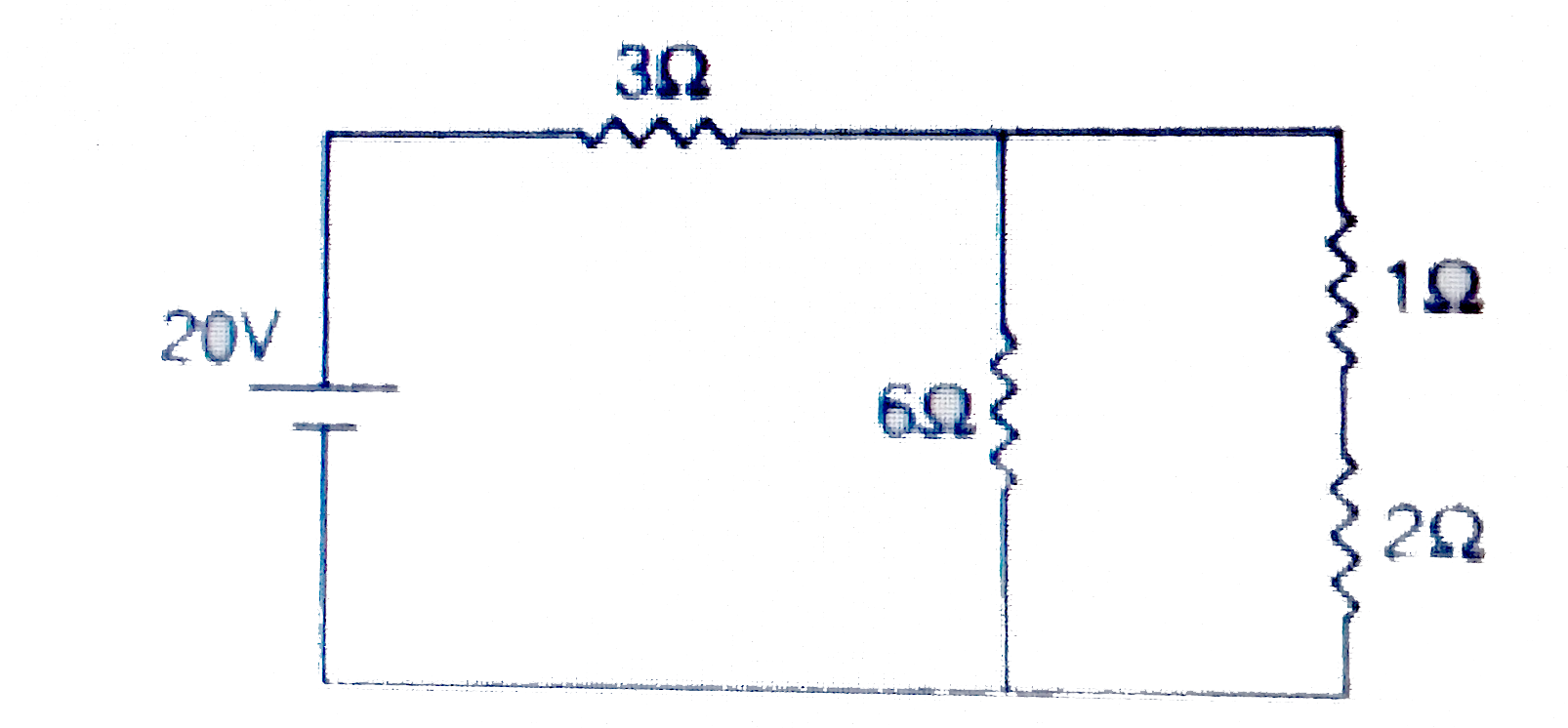Name a device that helps to maintain a potential difference across a conductor.
To answer the question, "Name a device that helps to maintain a potential difference across a conductor," we can follow these steps:
1. Understanding the Concept of Potential Difference:
- Potential difference (voltage) is the difference in electric potential between two points in a circuit. It is necessary for current to flow through a conductor.
2. Identifying the Device:
- A device that maintains a potential difference in a circuit is essential for the operation of electrical devices.
3. Recognizing Common Devices:
- The most common devices that maintain potential difference are batteries and cells.
4. Explaining the Function of a Battery:
- A battery (or a cell) generates a voltage by converting chemical energy into electrical energy. When connected to a circuit, it establishes a potential difference across its terminals.
5. Example of Potential Difference:
- For instance, if a 6-volt battery is connected to a circuit, it will maintain a potential difference of 6 volts across its terminals. This means one terminal will be at a higher potential (6 volts) and the other at a lower potential (0 volts).
6. Connecting to a Conductor:
- When a conductor, such as a resistor, is connected to the battery, the potential difference maintained by the battery will also appear across the resistor. Thus, if one side of the resistor is connected to the positive terminal of the battery (6 volts) and the other side to the negative terminal (0 volts), the resistor will have a potential difference of 6 volts across it.
Final Answer:
The device that helps to maintain a potential difference across a conductor is a battery or a cell.
---
- Potential difference (voltage) is the difference in electric potential between two points in a circuit. It is necessary for current to flow through a conductor.
- A device that maintains a potential difference in a circuit is essential for the operation of electrical devices.
- The most common devices that maintain potential difference are batteries and cells.
- A battery (or a cell) generates a voltage by converting chemical energy into electrical energy. When connected to a circuit, it establishes a potential difference across its terminals.
- For instance, if a 6-volt battery is connected to a circuit, it will maintain a potential difference of 6 volts across its terminals. This means one terminal will be at a higher potential (6 volts) and the other at a lower potential (0 volts).
- When a conductor, such as a resistor, is connected to the battery, the potential difference maintained by the battery will also appear across the resistor. Thus, if one side of the resistor is connected to the positive terminal of the battery (6 volts) and the other side to the negative terminal (0 volts), the resistor will have a potential difference of 6 volts across it.
The device that helps to maintain a potential difference across a conductor is a battery or a cell.
Topper's Solved these Questions
Similar Questions
Find the potential difference across C2.

View SolutionA moving coil voltmeter is generally used to measure the potential difference across a conductor of resistance 'r' carrying a current i. The resistance of voltmeter is R. For more correct measurement of potential difference
View SolutionPotential difference across AB in the networ shown is

View SolutionPotential difference across AB in the network shown is

View SolutionPotential difference across AB in the network shown is

View SolutionConsider the following quantities: number density of free electrons, n, mean free time of electrons between collisions,t , drift velocity of electrons, vd , resistivity, p.
A constant potential difference is applied across a conductor. Assuming that the temperature of the conductor remains constant, which of these quantities is/are independent of the magnitude of the potential difference applied?
View SolutionName the Part that helps to maintain equilibrium.
View SolutionColumnI lists physical quantities for a uniform current carrying conductor . These quantities depend on quantities given in column II. Match entries in column I to all the quantities in column II on which it depends.
Column IColumn II(A)Resistivity(p)Length of conductor(B)Current through the conductor for a given potential difference across the condcutor(q)Electric field in conductor(C)Current density in condcutor for a given potential difference across the conductor (r)Temperature of conductor(D)Thermal power generated per unit volume for given value of potential difference across the conductor(s)Nature of conductor(t)Area of condcutor
View SolutionIn the circuit shown in figure potential difference across

View SolutionFind charge on each capacitor and potential difference across each capacitor .

View Solution
